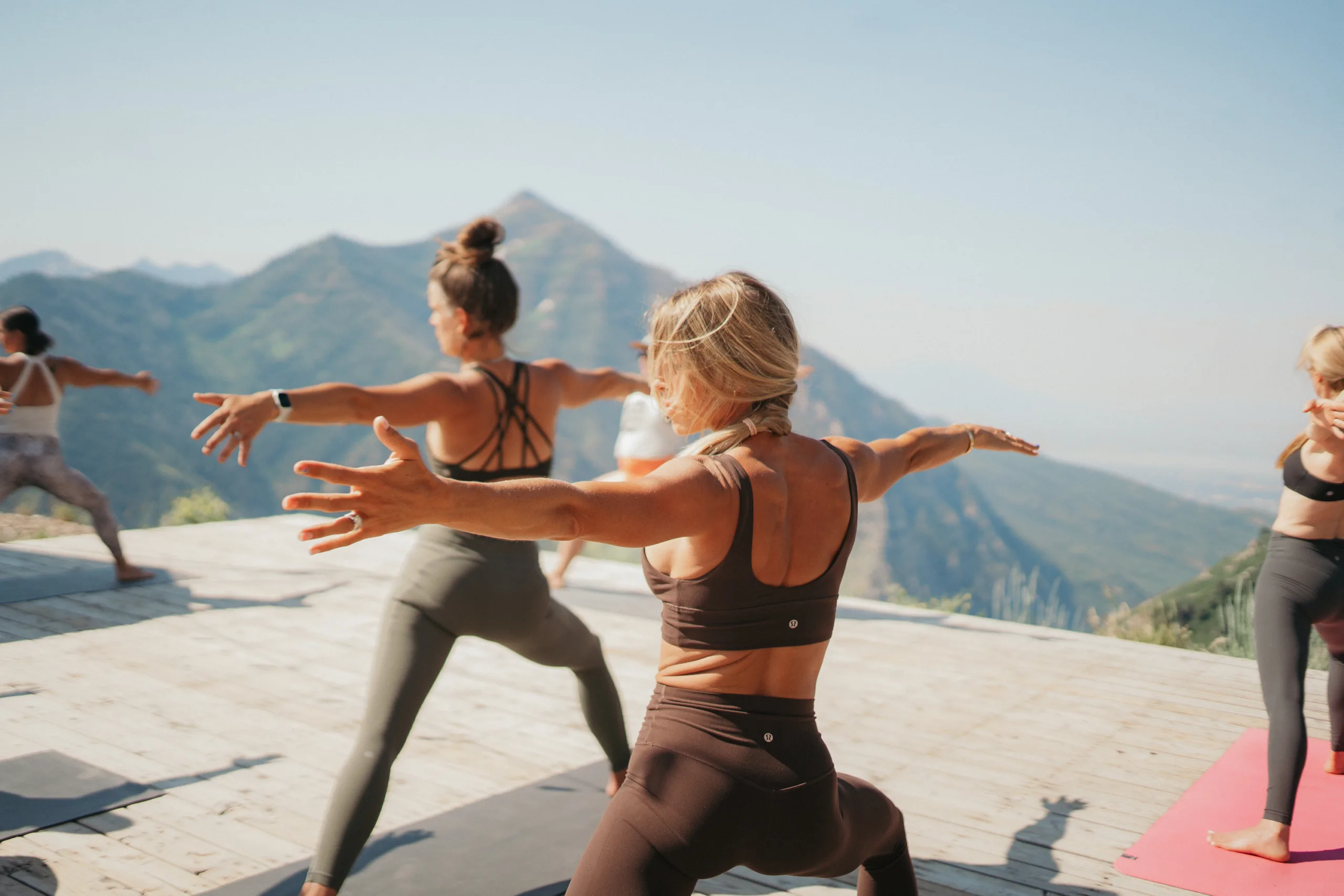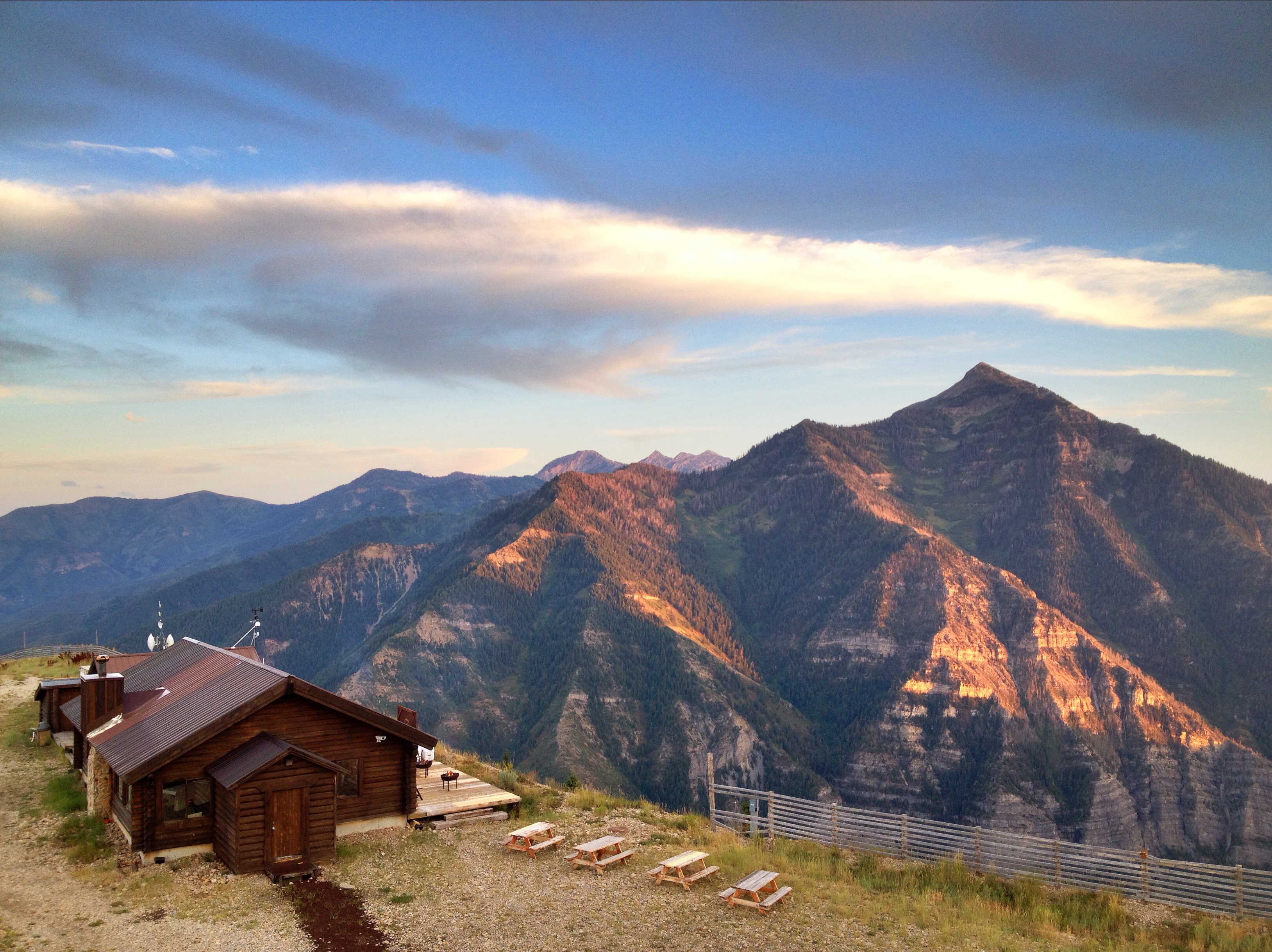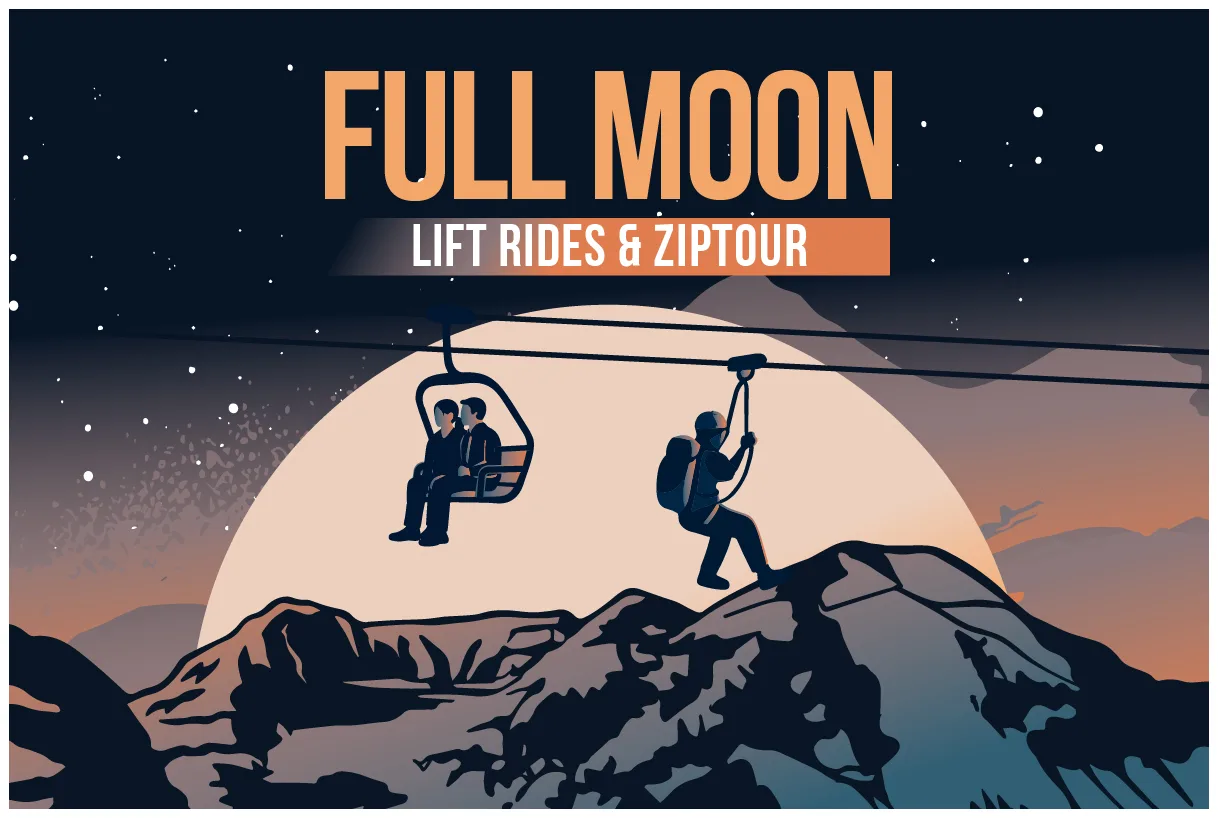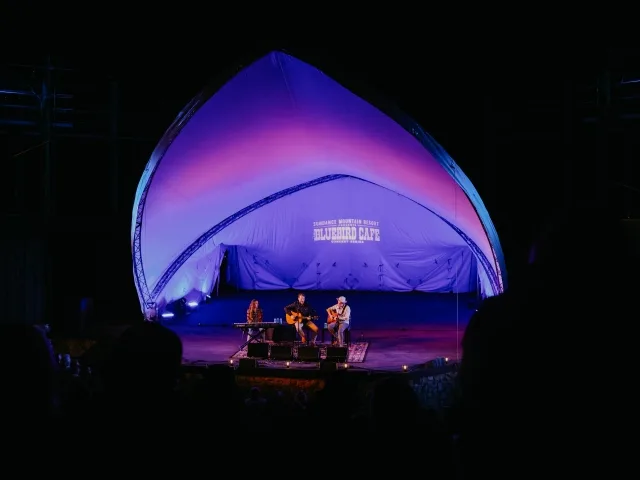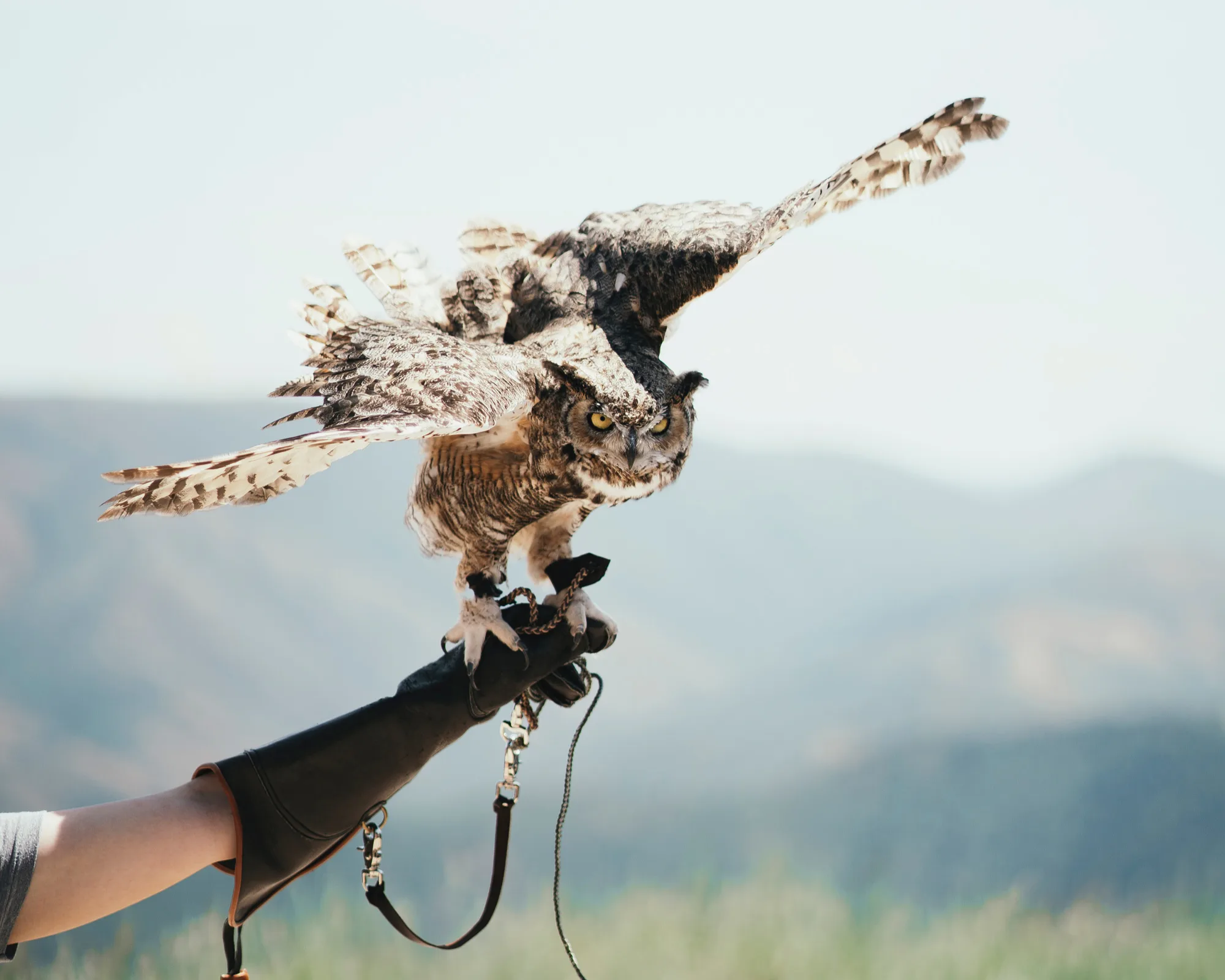 Sundance Resort receives first Michelin Key
Sundance Resort receives first Michelin Key
Maximize the fun by staying safe
Just a few ways to get the most out of your ride at Sundance Mountain Resort.
It is the responsibility of every hiker and biker to remain safe while on the mountain or in nature. The following guidelines are meant to help you and your group enjoy all that Sundance Resort has to offer.
Important Information About The Trail System
- Use of the trail system involves the risk of injury. You control the degree of risk you will encounter in using the trails and features in the trail system.
- Do not attempt any of the trails or features unless you have sufficient ability and skill to do so safely. Always ride in control and within your ability level.
- All riders must have a valid wrist band, and have turned in a current Summer Liability Waiver before using the trail system.
- Helmets are mandatory while on the trail system and protective padding is strongly recommended.
- 24″ minimum wheels are recommended.
- The trail system is not recommended for inexperienced riders.
- All trails (except for the expert trail) are open to uphill and downhill riding. Uphill riders have the right of way.
- Beware of changing conditions on the trails and features. It is your responsibility to inspect features before use and throughout the day.
- Individual features and trails are closed for a reason. Do not enter trails or features when closed.
- Before riding always inspect your equipment or have it checked by a qualified bike mechanic.
- Stay off closed access roads. Stop at all road crossings.
YOU ASSUME THE RISK OF ANY INJURY THAT MAY OCCUR WHEN USING THE TRAIL SYSTEM. THE MOUNTAIN’S LIABILITY FOR ANY INJURY OR LOSS IS EXCLUDED BY THE TERMS AND CONDITIONS ON YOUR SUMMER LIABILITY WAIVER OR SEASON PASS RELEASE OF LIABILITY.
Mountain Bike Responsibility Code
Mountain biking involves the risk of injury. Common sense and caution can reduce the risk, for your safety and the safety of others, please adhere to the code.
- STAY IN CONTROL. You’re responsible for avoiding objects and people.
- KNOW YOUR LIMITS. Ride within your ability. Start small and work your way up.
- PROTECT YOURSELF. Use an appropriate bike, helmet, and protective equipment.
- INSPECT AND MAINTAIN YOUR EQUIPMENT. Know your components and their operation prior to riding.
- BE LIFT SMART. Know how to load, ride, and unload lifts safely. Ask for help if you need.
- INSPECT THE TRAILS AND FEATURES. Conditions change constantly; plan and adjust your ride accordingly.
- OBEY SIGNS AND WARNINGS. Stay on marked trails only. Keep off closed trails and features. Ride in the direction indicated.
- BE VISIBLE. Do not stop where you obstruct a trail, feature, landing, or are not visible.
- LOOK AND YIELD TO OTHERS. Look both ways and yield when entering or crossing a road or trail. When overtaking, use caution and yield to those ahead.
- COOPERATE. If involved in or witness to an accident, identify yourself to staff.
Know and follow the code. It is your responsibility.
It is your responsibility. Riding privileges may be revoked for breach of this code.
Mountain Bike Checklist
Mountain bike trails are rough and demanding on both the bike and body. Before riding always inspect your equipment or have it checked by a qualified bike mechanic
- Ensure your helmet is in good shape and properly adjusted
- Inspect bike frame, fork and other components for cracked, damaged or dented areas
- Check that your brake pads are in good condition and are not worn
- Front and rear axles (skewers) should be tight
- Headset and stem must be secure with no looseness or play
- Check that your tires are in good condition with no tears or cuts in the sidewall
- Handlebar and handle grips must be tight and unable to spin
- Seat and seat post must be fastened securely
Lift Loading Instructions
- This lift will not slow or stop without request to lift operator.
- Move quickly from “wait here” to“ load here.”
- Outside passenger look over outside shoulder and grasp side bar as chair approaches. Inside passenger(s) look over either shoulder and grasp back of chair.
- Sit down gently. Lower restraining bar.
- Do not bounce or swing chair. Please balance chair.
- No animals allowed on lift. Please observe lift loading instructions.
Lift Unloading Instructions
- This lift will not slow or stop without request to lift operator.
- When the lift is approaching the offloading lift station, prepare to unload.
- Ask the lift operator just prior to approaching the offloading station for a “slow” or “stop” of the lift if you would like more time to unload.
- At the unloading point look for the painted or marked designated exit route.
- Get off of the lift at the “Unload Here” sign and follow the designated exit route quickly out of the way of the moving lift.
- Do not offload at stations indicating “No Unloading”.
Weather
Be aware that weather may change suddenly. Be prepared for adverse weather conditions with appropriate gear and essentials. Be aware that lifts may close suddenly for period of time due to inclement weather conditions.
Wildlife
Be aware that you may encounter wildlife. Please be respectful of animals, and do not approach, feed or harass wildlife. Be vigilant to avoid a negative encounter.
Drone Use
No private drone use is allowed at Sundance Mountain Resort.
E-Bikes
We allow pedal-assist bikes, but we do not allow throttle activated e-bikes. Bikes over 50 pounds not permitted on the lift but may be ridden on trails from the base.
Pets and Service Animals
No animals, including service animals, are allowed on any of the chair lifts due to safety issues.
Media Requests
"*" indicates required fields
Photography/Drone Policy

Photography
Photography, including bridals, engagements, family photos and graduation shoots, are not permitted on property without approval.
Drones
Safety is our top priority. Therefor, due to lift lines and the ZipTour, drones are not permitted.
Contact
For any questions or to request photography approval, contact the marketing department: press@sundanceresort.com.
Field Guide
Interested in learning more about our resort's history, environment, activities, and lodging? Our field guide, given to each guest at check-in, contains a fun vacation checklist, useful maps, and interesting facts about the Sundance community.
Book direct for the best pricing and access to all resort amenities online or by calling 1-800-892-1600
Browser not supported
The browser you are using is outdated, and unfortunately not supported.
We recommend the use of evergreen browsers, such as Google Chrome, Firefox, Safari, Microsoft Edge, Opera.



